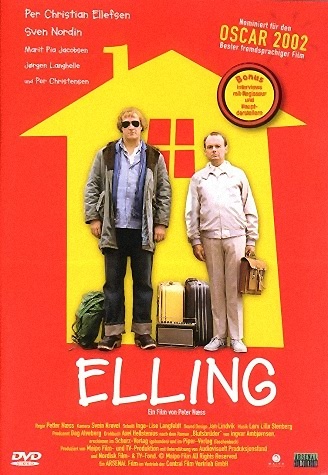 Can‘t wait to get my copy: Outbreak! The Encyclopedia of Extraordinary Social Behaviour. The work is gaining a reputation as the definitive reference on collective delusions, mass panics, and other whacked-out forms of group behavior -- you know, the kind of stuff promulgated by Glenn Beck and FOXNews.
Can‘t wait to get my copy: Outbreak! The Encyclopedia of Extraordinary Social Behaviour. The work is gaining a reputation as the definitive reference on collective delusions, mass panics, and other whacked-out forms of group behavior -- you know, the kind of stuff promulgated by Glenn Beck and FOXNews.Tolstoy said, “Happy families are all alike; every unhappy family is unhappy in its own way.” I used to think that reasonable and rational behaviors were like Tolstoy’s happy families: all alike; while unreasonable and irrational behaviors were like Tolstoy’s unhappy families: dysfunctional in their own unique way.
Turns out I’m probably wrong.
Evans and Bartholomew [the authors] cast their net wide in trying to make sense of such a wide spectrum of odd behaviours and marshal some of the broader issues under headings like Cargo Cults, Copycat Behaviour, Crazes, End-of-the-World Panics, Fads, Fantasy-proneness, Hoaxes, Mind Control Fears, Moral and Sexual Panics, Possession, Religious Revivals, Sects, and all kinds of mass persecutions of minority groups, both real and imagined. But underlying all these diverse manifestations, they argue, are two chief vectors: a negative one involving exaggerated fear and uncertainty, and a positive one driven by hope and expectation. In both cases, these emotions of fear and hope can multiply to such an extent that they shape society for better or worse… mostly, it has to be said, for the worse.Did you know that in 1983 Houston schoolchildren were terrified by a rumor that an army of evil Smurfs was heading their way? I didn't.
I‘d never heard the story about the Miracle Hen of Leeds either. Despite its sounding like a joke from Blackadder III, it refers to the panic spread through that area in 1806 over a rumor that eggs were laid bearing the message “Christ is coming.”
The entire article’s a great read, and just think about this: How will the less skeptical among us deal with today’s viral frauds and hoaxes, including the latest talking points emailed from the RNC?



1 comment:
So what category does the Bush Administration fall into?
Post a Comment